When was the plough invented?
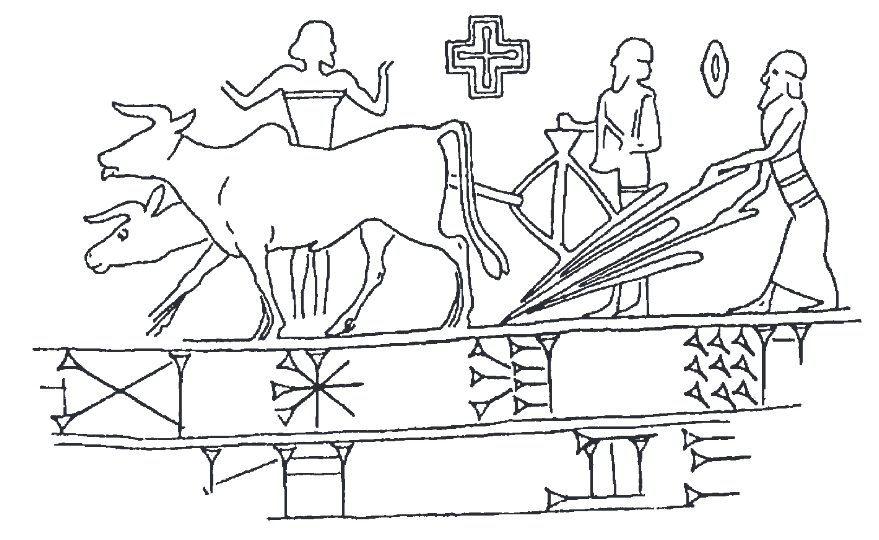
The invention of the ox-drawn plough was a turning point in the prehistory of agriculture because it was the first time food production was decoupled from human labour. This is why, from Medieval Europe to the ancient Near East farms were measured by the number of oxen (later horses etc.) working it, not people.
Yet it’s surprisingly difficult to pinpoint when this actually happened.
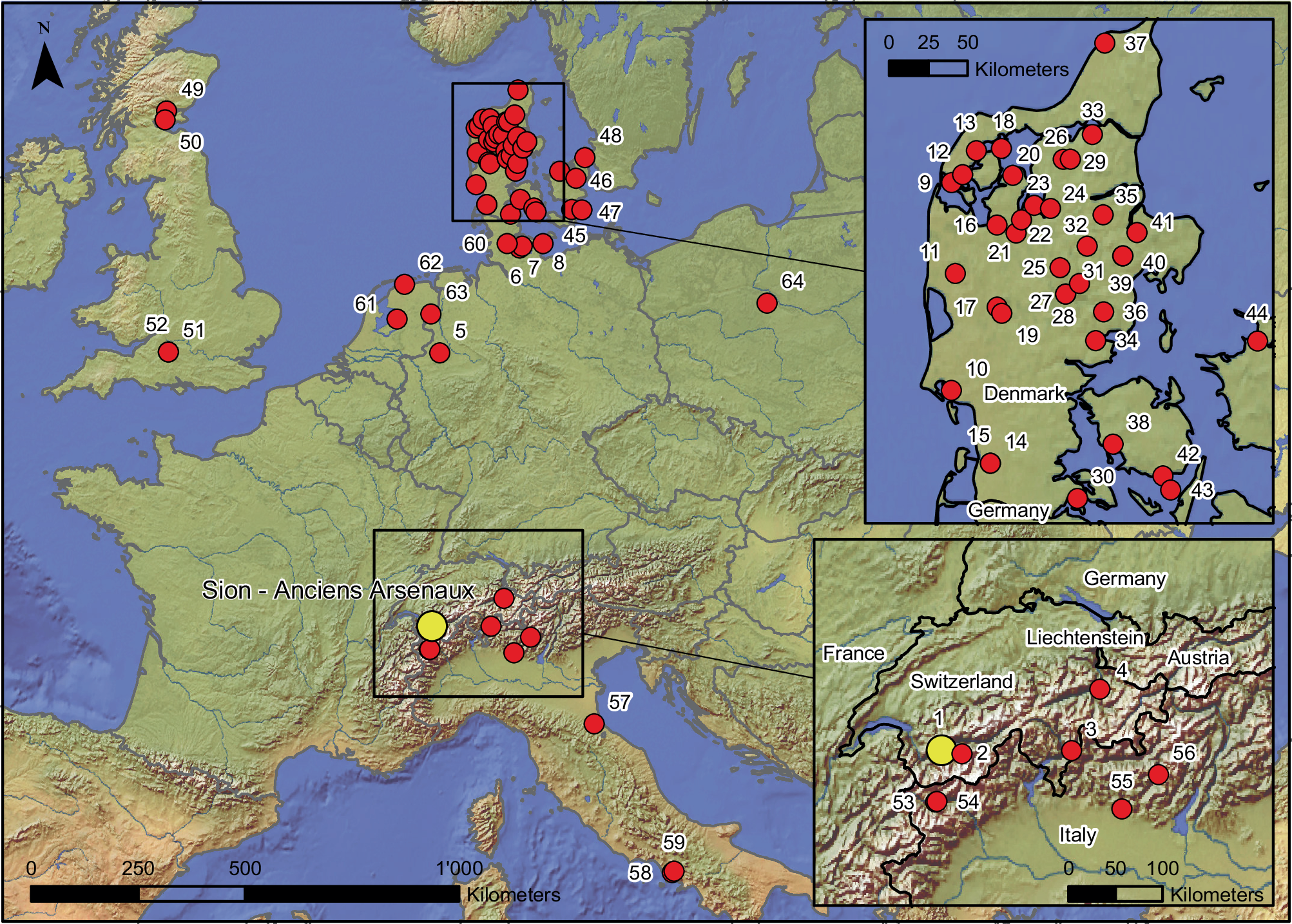
The earliest direct evidence we have for ploughing are marks made in ancient sediment, though these are very rarely preserved. In Europe the oldest known are from Switzerland (5000 BCE), Denmark (4000 BCE) and Italy (4300 BCE, at Saint-Martin-de-Corléans). In each case the date coincidences with, or is shortly after, the arrival of agriculture in that region. This implies that ploughing was part of European farming from the beginning. In other words, like agriculture itself, it must have been brought there from the Middle East.
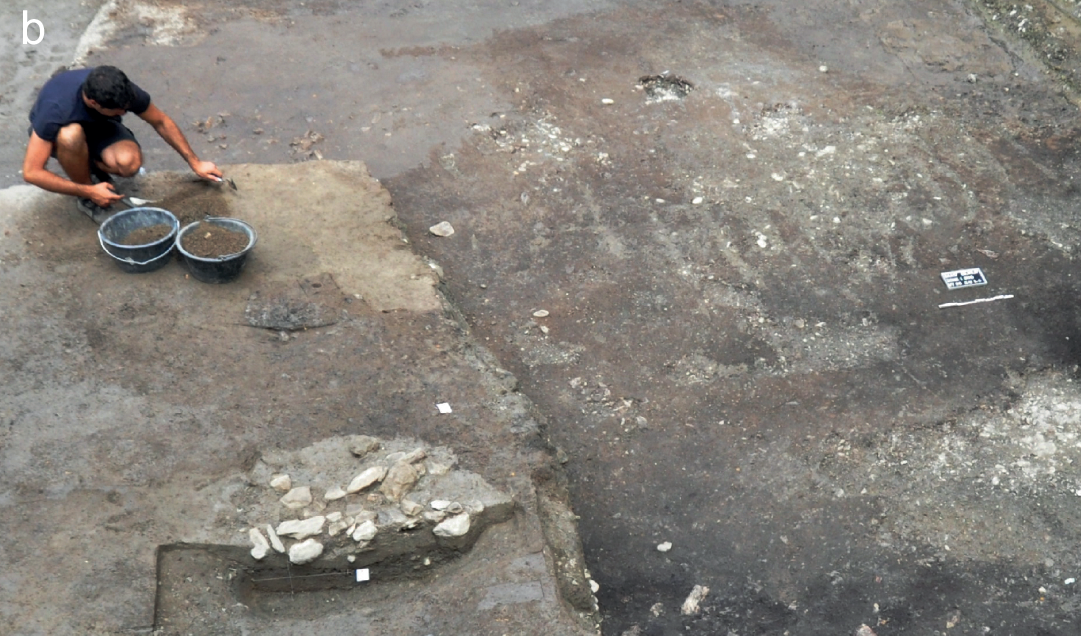
Unfortunately we haven’t (yet) found the right conditions for preserved ploughmarks in the Middle East. Instead, archaeologists have relied on indirect evidence of ploughing. The main source of evidence is cattle bones, which can display work-related injuries or signs of castration (oxen are usually castrated to make them easier to work with). If we accept this evidence, ploughing could have been invented as early as 8500 BCE – right after cattle were domesticated.
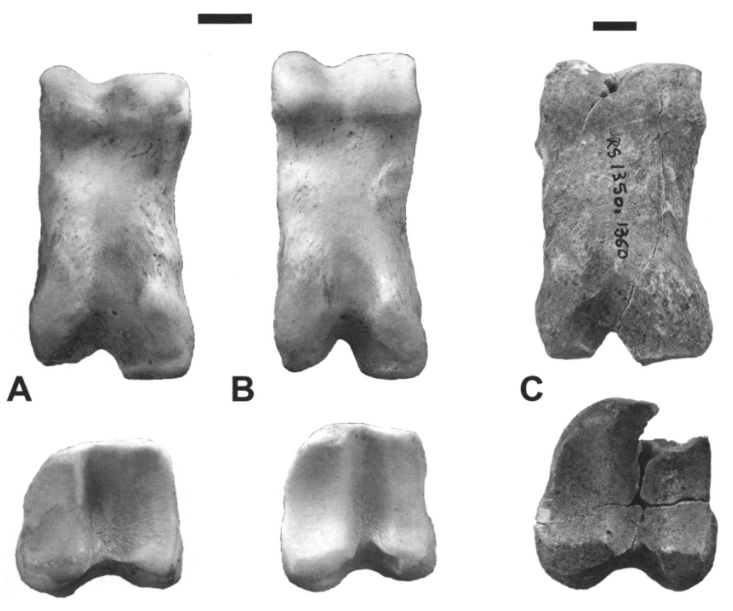
There are some problems, though.
The pathologies used to identify working animals are rare in the archaeological record and can also be caused by illness. Castrates are distinguished by comparing measurements of their bones to modern animals, but we can’t be sure this is a valid comparison. At this early stage cattle were still being domesticated and probably were in contact with wild auroch populations, so they likely displayed more morphological variation than modern domestic animals. Some experts even dispute the fact that cattle were domesticated by 8500 BCE. instead putting it up to a thousand years later. As with working, we largely rely on indirect evidence for cattle domestication, so it is hard to pinpoint with confidence.
So where does this leave us? Based on the evidence from Europe, ploughing was invented before 5000 BCE, but could go as far back 7500–8500 BCE in the Middle East. In other words, we don’t know if the plough was a late addition to prehistoric agriculture—adopted somewhere on the way from the Middle East to Europe—or if it was an integral part of it from the start.
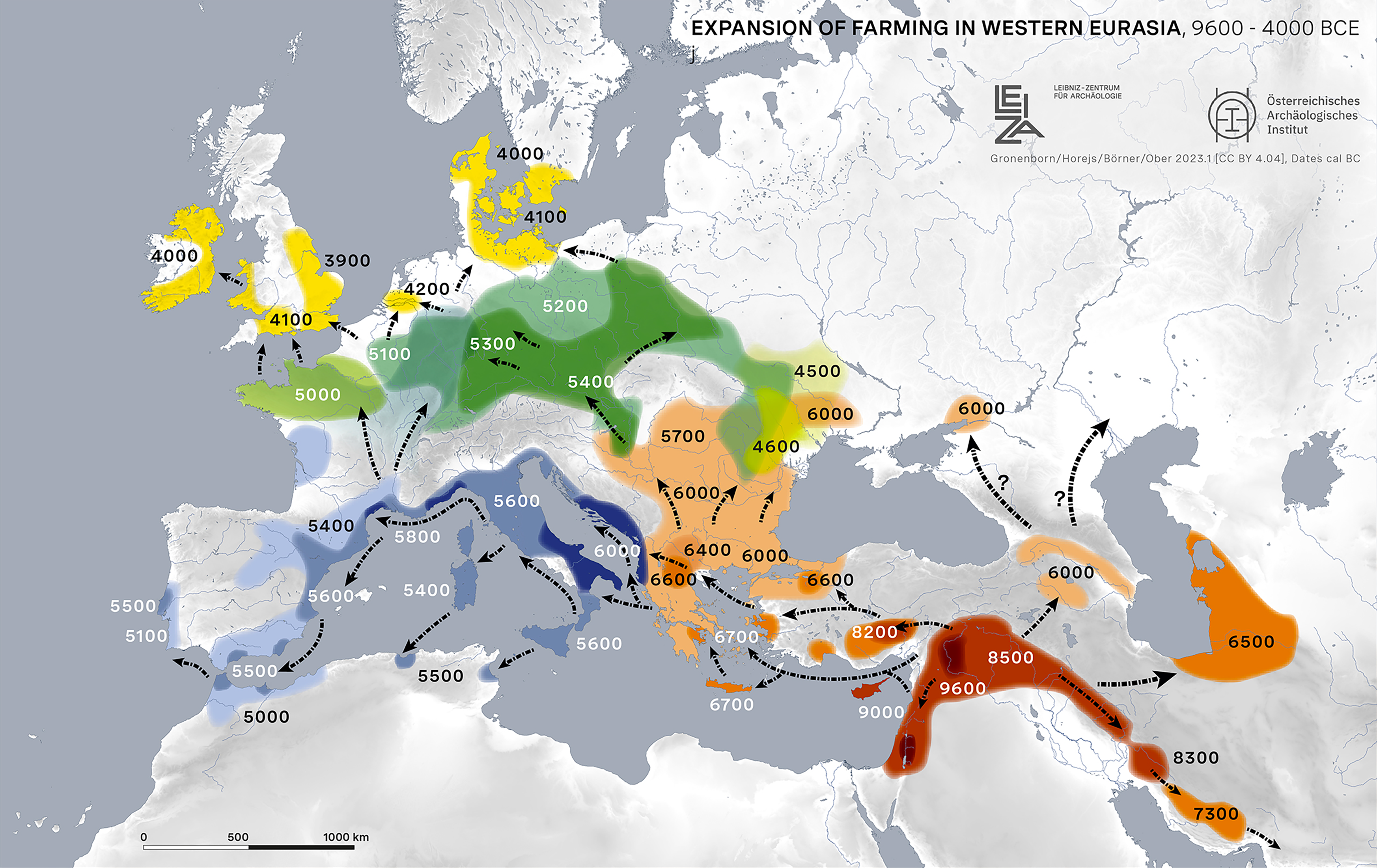
This is a big problem for our understanding of human social and economic prehistory. We think the earliest farmers practised a sort of ‘garden agriculture’ based on limited tilling with hand tools. Ploughing up whole fields to (presumably) sow them with monocultures is a another beast entirely, ecologically speaking. Animal labour is also what made it possible for one person to reap the harvest of more land than they themselves could physically work – or compel other people to do it for them!
Was the potential for proto-serfdom and cattle-powered ecocide inherent in agriculture from the beginning? Or did our farming ancestors spend as much as three thousand years as essentially egalitarian gardeners before things took a turn for the worse? That’s the difference dating the plough makes!
Adapted from a Mastodon thread posted to archaeo.social on 7 August 2025.